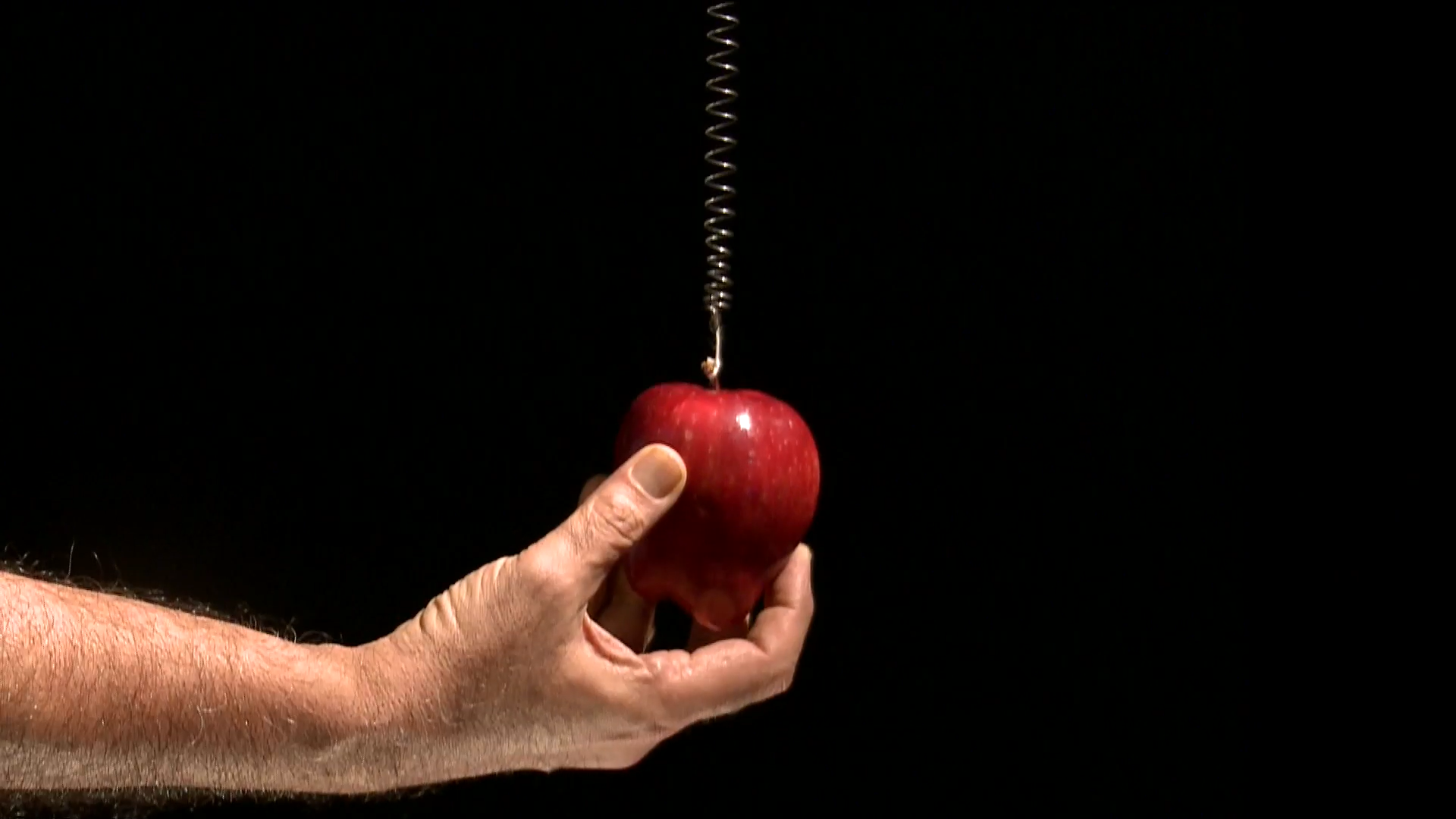Free Vibration: When the movement is sustained by its own dynamics and without the application of a repetitive external force- :

Free vibrations
are oscillations where the total energy stays the same over time. This means that the amplitude of the vibration stays the same theoretically. The most common examples of free vibration are a pendulum or a spring-mass system displaced from their mean position.
A pendulum or a spring-mass system vibrates at its natural frequency when displaced from its mean position. Every structure of a body has its typical natural frequency and it depends on the interplay between stiffness and mass of the structure. However, there are two external forces in real life at work- gravity and friction. Gravity pulls the pendulum/spring downwards but the friction forces oppose this movement and eventually cause the system to come to rest. If there were no friction the pendulum would swing forever. In such a periodic motion, the restoring force is proportional to the displacement and if there were no friction or opposing force, this oscillation will go on forever. This is called free vibration.
Some other examples of free vibration are the following:
. A tuning fork that is struck.
. A guitar string that is plucked.
. A child on a swing will oscillate at the natural frequency if pushed forward once.
Again, consider the example of a child on a swing. If this movement is to be sustained then some repetitive force would be required to be applied periodically, for example, someone would need to push the swing each time it came to an end. This constitutes forced vibration.
Forced vibrations occur when the object is forced to vibrate at a particular frequency by a periodic input of force.
If an object is being forced to vibrate at its natural frequency, resonance will occur and you will observe large amplitude vibrations which can often be catastrophic.

